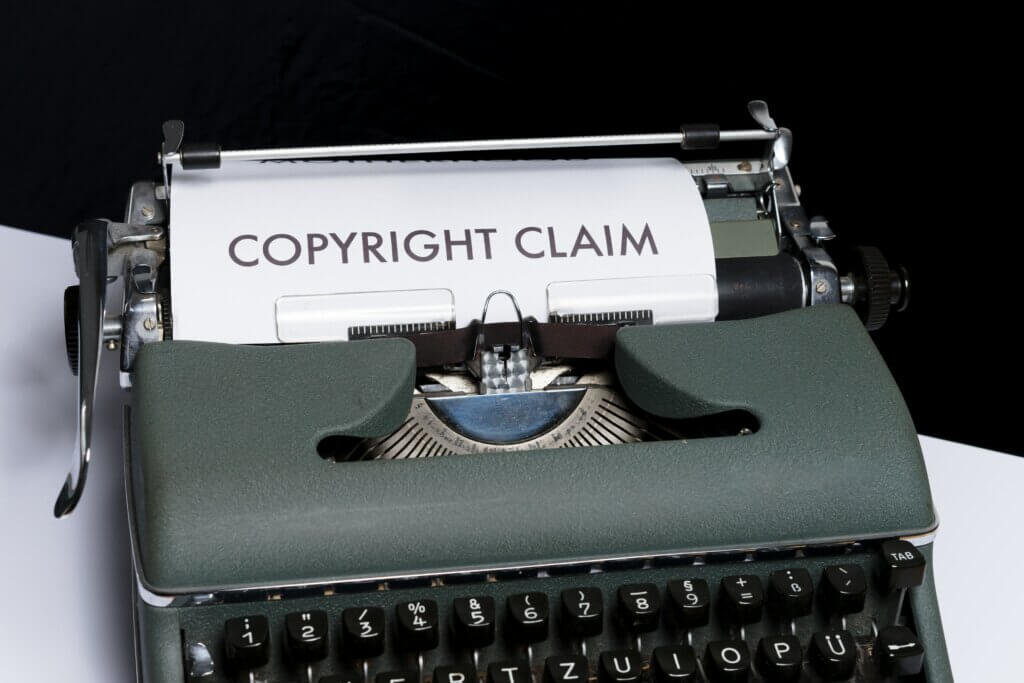Here is everything you need to know about font copyright in 2023.

Font copyright is a complex issue that affects both font creators and users
Understanding font copyright and the laws surrounding it is crucial for anyone involved in the design or use of typography.
A font is considered a type of intellectual property, much like software or written works.
Just as with other forms of intellectual property, font creators have the right to control how their fonts are used.
This is where font copyright comes into play.
Font copyright gives the font creator exclusive rights to control the distribution and use of their font.
This includes the right to sell or license the font to others, as well as the right to prohibit others from using the font without permission.
In most countries, font copyright is automatically granted to the font creator as soon as the font is created and fixed in a tangible form, such as on a computer disk or in a file.
However, not all fonts are protected by copyright. Some fonts are considered to be in the public domain, meaning that they can be used freely without restriction. This can occur when the font’s copyright has expired, or when the font’s creator has chosen to make the font freely available for use.
Font license
When using a font that is protected by copyright, it’s essential to understand the terms of its license.
Most font licenses state how the font can be used and whether it can be embedded in a document or website, or whether it can be distributed to others.
Some licenses may also place restrictions on the number of users who can use the font, or on the size of the document or website where the font is used.
Violating font copyright can result in significant legal consequences, including fines and lawsuits.
For example, if you use a font in a way that is not allowed by its license, you could be sued by the font’s creator.
Additionally, if you distribute a font without permission, you could be sued for copyright infringement.
There are several ways to ensure that you are using fonts legally.
One option is to purchase a font license, which will give you the right to use the font in accordance with the terms of the license.
Another option is to use free fonts that are in the public domain, or fonts that are licensed under open-source licenses, such as the SIL Open Font License.
Copyright applies also to web fonts, not just to desktop fonts
It’s important to note that font copyright applies not only to desktop fonts files but also to web fonts.
If you are using web fonts on your website, it’s crucial to understand the license terms.
Conclusions
In conclusion, font copyright is a complex issue that affects both font creators and users.
Understanding font copyright and the laws surrounding it is crucial for anyone involved in the design or use of typography.
By using fonts legally and respecting the rights of font creators, you can ensure that your design work is protected.
In plus, you make sure that you are using fonts in a way that is compliant with the law.
For all of you that don’t have experience with fonts, have in mind that free fonts are also copyright protected.
Always check the license if you can use the fonts for free in commercial projects.
There are free fonts that are free to use only in personal or educational projects.
If you want to use these free fonts in commercial projects, you will have to pay for the license.



